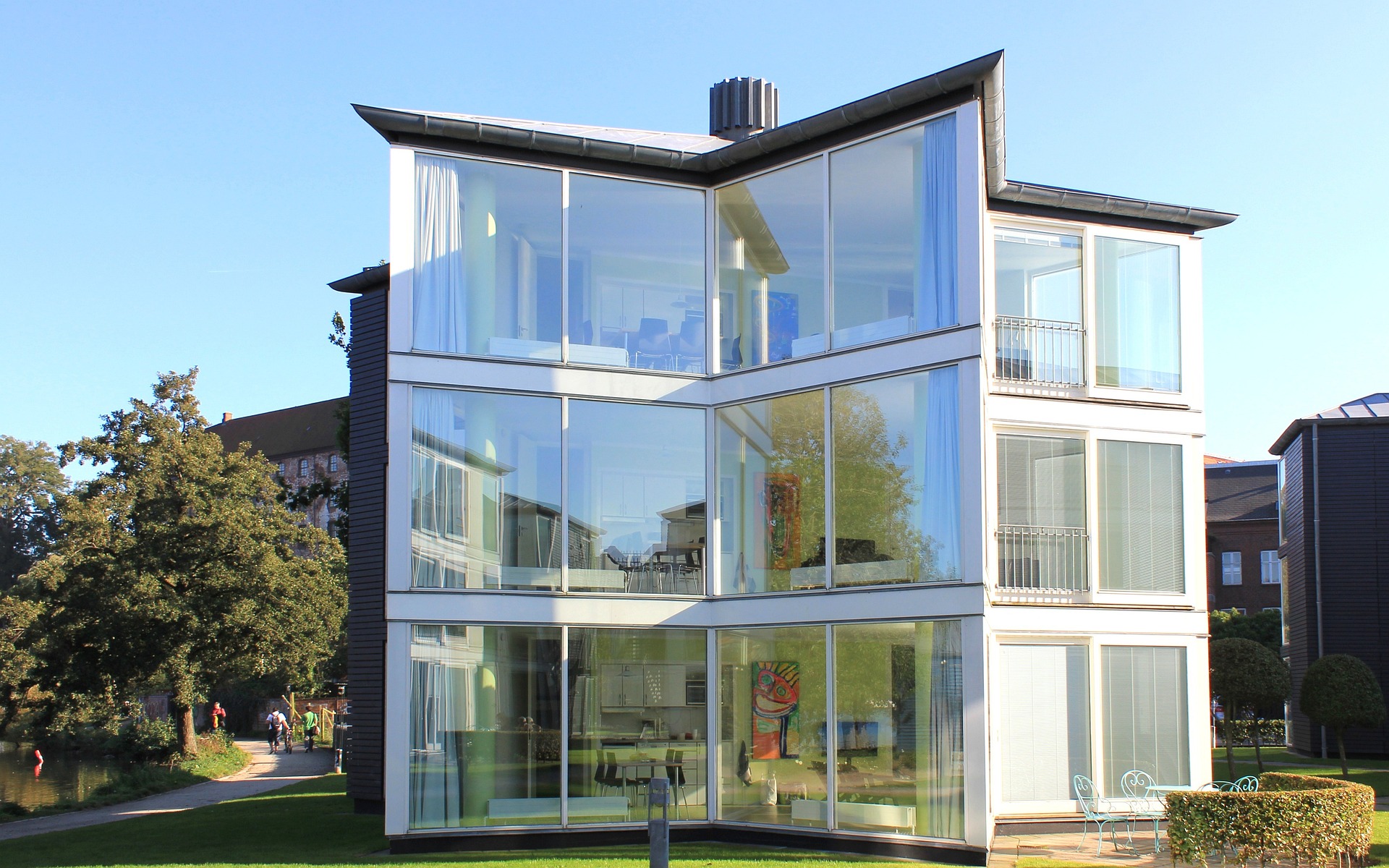Learn About Prefabricated Home Options and Costs
Prefabricated homes have revolutionized modern housing by offering efficient, customizable, and often cost-effective alternatives to traditional construction. These factory-built structures combine quality craftsmanship with streamlined manufacturing processes, providing homebuyers with diverse options to suit various budgets and lifestyle needs.

What Are the Main Types of Prefabricated Homes?
Prefabricated homes come in several distinct categories. Modular homes are built in sections at a factory and assembled on-site, offering the closest resemblance to traditional homes. Manufactured homes (formerly known as mobile homes) are built on a permanent chassis and can be moved. Panel-built homes utilize pre-made wall panels that are assembled on location, while kit homes provide all materials pre-cut and ready for assembly.
How Much Do Prefabricated Homes Typically Cost?
The cost of prefabricated homes varies significantly based on size, style, and customization options. Basic manufactured homes can start around $30,000, while luxury modular homes may exceed $200,000. Additional costs include land purchase, site preparation, utility connections, and foundation work.
| Home Type | Base Price Range | Average Total Cost |
|---|---|---|
| Manufactured | $30,000-$100,000 | $50,000-$150,000 |
| Modular | $100,000-$250,000 | $150,000-$300,000 |
| Panel-Built | $150,000-$300,000 | $200,000-$350,000 |
| Kit Homes | $40,000-$200,000 | $80,000-$250,000 |
Prices, rates, or cost estimates mentioned in this article are based on the latest available information but may change over time. Independent research is advised before making financial decisions.
What Factors Influence Prefabricated Home Prices?
Several key factors affect the final cost of a prefabricated home. Location impacts transportation and permit costs, while customization options like upgraded fixtures, premium materials, and enhanced energy efficiency features can significantly increase the price. Site preparation requirements, including foundation work and utility connections, also play a crucial role in determining total costs.
What Are the Latest Prefabricated Home Trends in 2025?
Modern prefabricated homes emphasize sustainability and smart technology integration. Popular features include solar panel integration, energy-efficient appliances, and home automation systems. Multi-functional spaces and indoor-outdoor living concepts have gained prominence, while eco-friendly materials and minimal environmental impact designs continue to drive industry innovation.
What Should You Consider When Buying an Unsold Prefabricated Home?
When considering an unsold or spec prefabricated home, carefully evaluate the building’s age, condition, and any potential customization limitations. Inspect for proper permits and certifications, and verify the manufacturer’s warranty terms. Location-specific factors like zoning regulations, property taxes, and community guidelines should also be thoroughly researched.
How Do Different Manufacturers Compare in Quality and Service?
Leading prefabricated home manufacturers offer varying levels of quality, customization, and service support. Here’s a comparison of major providers:
| Manufacturer | Build Quality | Customization Options | Warranty Coverage |
|---|---|---|---|
| Clayton Homes | High | Extensive | 1-year comprehensive |
| Champion Homes | Medium-High | Moderate | 1-year limited |
| Skyline Homes | High | Extensive | 2-year limited |
| Palm Harbor | High | Extensive | 1-year comprehensive |
Prefabricated homes continue to evolve as a practical housing solution, offering advantages in construction speed, quality control, and potential cost savings. While initial costs may seem attractive, buyers should carefully consider all associated expenses and requirements before making a purchase decision.




